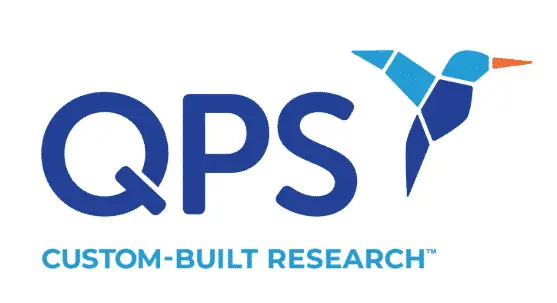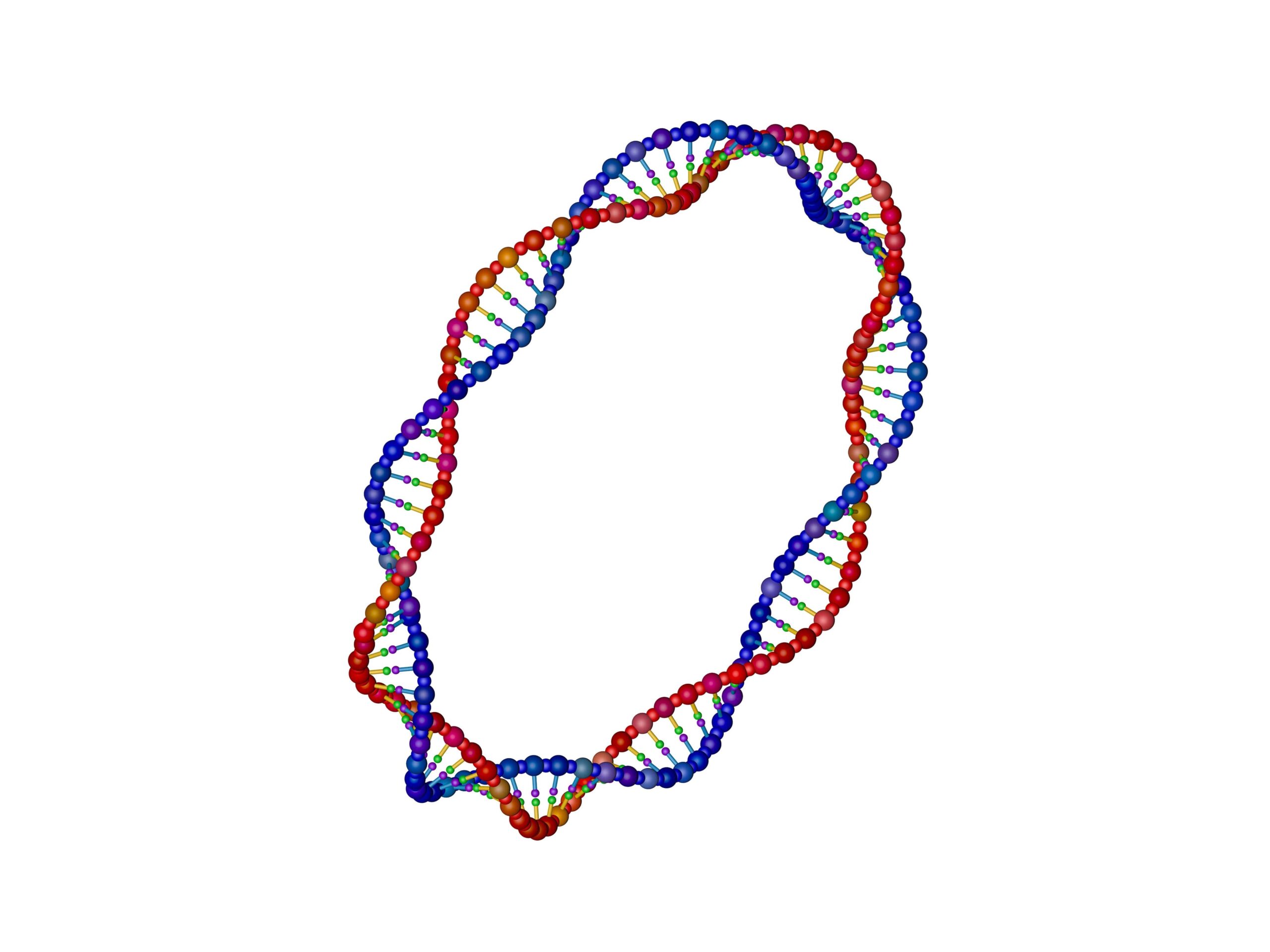RNA-based vaccines have achieved superstar status and Nobel Prize recognition. Now, several biotechnology firms are considering circular RNAs (circRNAs) as a platform for therapeutic development, with a particular focus on enhancing protein expression. For vaccines, the transient nature of linear RNA is sufficient, as it only needs to encode proteins briefly to initiate an immune response. However, therapeutic applications demand a more enduring solution. circRNAs, which form a ring structure that evades the grasp of RNA-degrading enzymes, provide increased stability and longevity.
“With a single delivery, you can get quite durable protein production,” said Howard Chang, a molecular geneticist at Stanford University School of Medicine in California and a scientific co-founder of Orbital Therapeutics in Cambridge, Massachusetts. Over the past three years, Orbital and other biotech firms exploring circRNA programs have secured over $1 billion in venture capital funding.
Closing the Circle
German researchers identified circRNAs in plants in 1976. It took another 15 years to recognize their presence in human and mammalian cells. Primarily, circRNAs bind to regulatory molecules to mediate gene expression, but some also have the unique ability to encode proteins, presenting therapeutic potential. The process of forming circular structures, known as back-splicing, results in RNA folding back on itself to form a loop.
Creating synthetic circRNAs proved difficult. In the early 1990s, researchers devised two methods: DNA bridges to hold RNA ends together and using enzymatic properties of specialized RNA sequences to form a ring.
In 1995, researchers at the University of Colorado demonstrated the synthesis of proteins from lab-made circRNAs using a sequence called an Internal Ribosome Entry Site (IRES). However, size limitations persisted, hindering the generation of long protein-coding transcripts, necessary for addressing diseases like cystic fibrosis or hemophilia.
Expanding the Circle
As a graduate student, Alex Wesselhoeft took on this challenge. He collaborated with bioengineers Piotr Kowalski and Dan Anderson to design RNA strands with protein-coding regions and IRES elements. They used complementary RNA bits and spacer sequences to stabilize the hairpin structure, enabling effective circularization even with longer sequences.
This innovation demonstrated significant advantages, with experiments in mice revealing that these synthetic circRNAs could induce protein production for days, outperforming linear mRNA, which yielded protein for only about 24 hours. The circularization technique became the preferred method for in vitro circRNA synthesis.
In 2019, Wesselhoeft, Anderson, and biotech entrepreneur Raffaella Squilloni founded Orna Therapeutics to commercialize the platform. Wesselhoeft created a long circRNA encoding dystrophin, the large protein deficient in Duchenne muscular dystrophy.
While Orna led the way, other companies adopted different approaches to circRNA synthesis. Some used viral vectors or DNA cassettes for in-cell splicing, while others, like Chimerna Therapeutics, employed genetically engineered bacteria.
Implications for Immunity
The immunogenicity of circRNAs is a critical consideration for their therapeutic potential. Experts disagree on whether circRNAs trigger immune responses, with some suggesting that the method of circRNA synthesis plays a crucial role. Others say contaminants, rather than circRNAs, are responsible and can be minimized with proper purification.
In specific contexts, immune reactivity can be advantageous. Wensheng Wei and his colleagues at Peking University developed a circRNA vaccine for SARS-CoV-2, which induced a more robust immune response in mouse and monkey experiments than did linear vaccines. The circRNA vaccine was also more stable at ambient temperatures, offering logistical advantages in storage and transportation without stringent cold-chain requirements.
Beijing-based start-up Therorna, founded by Wei, is testing the circRNA vaccine in humans, the first trial of its kind. Other circRNA therapeutics, including a cancer treatment from Suzhou CureMed and an immune cell-reprogramming circRNA by Orna, are poised to enter clinical trials. Orna’s circRNA candidate showed promising results in a mouse leukemia model, eradicating tumors at low doses.
Looking Ahead
Even as circRNA therapeutic approaches advance, some researchers question if the platform can ultimately compete with conventional gene therapies and new gene-editing technology. Wesselhoeft, currently the director of RNA therapeutics at the Mass General Brigham Gene and Cell Therapy Institute in Cambridge, Massachusetts, remains confident. “It’s going to be the RNA therapeutics technology of choice,” he said.
Did you enjoy this blog post? Check out our other blog posts as well as related topics on our Webinar page.
QPS is a GLP- and GCP-compliant contract research organization (CRO) delivering the highest grade of discovery, preclinical and clinical drug research development services. Since 1995, it has grown from a tiny bioanalysis shop to a full-service CRO with 1,100+ employees in the U.S., Europe and Asia. Today, QPS offers expanded pharmaceutical contract R&D services with special expertise in neuropharmacology, DMPK, toxicology, bioanalysis, translational medicine and clinical development. An award-winning leader focused on bioanalytics and clinical trials, QPS is known for proven quality standards, technical expertise, a flexible approach to research, client satisfaction and turnkey laboratories and facilities. Through continual enhancements in capacities and resources, QPS stands tall in its commitment to delivering superior quality, skilled performance and trusted service to its valued customers. For more information, visit www.qps.com or email info@qps.com.








